Catholic Pilgrimages to Italy
Book a TripA Catholic Pilgrimage to Italy with Select International Tours
Italy, the home of the Catholic church, a land steeped in rich religious history, saints, and Eucharistic miracles, beckons Catholic pilgrims from across the globe. From the awe-inspiring Vatican City to the serene shrines of saints, Italy offers a unique opportunity to deepen your faith, connect with scripture tradition on a profound level, and experience the enduring power of Catholicism. Select International Tours, a trusted provider of exceptional pilgrimages, curates unforgettable journeys to Italy that will nourish your soul and create lasting memories.
Come Visit the Eight Most Iconic Catholic Cities in Italy
Our meticulously crafted itineraries encompass iconic destinations that resonate with Catholic history and spirituality:
Rome
Immerse yourself in the spiritual heart of Catholicism with visits to the Vatican City, St. Peter’s Basilica, the Sistine Chapel, and the Papal Audience (subject to availability).
Assisi
Walk in the footsteps of St. Francis, a beloved saint known for his love of nature and simplicity. Explore the Basilica of San Francesco, a UNESCO World Heritage Site, and experience the serenity of the surrounding hill town.
Orvieto
Immerse yourself in the spiritual heart of Catholicism with visits to the Vatican City, St. Peter’s Basilica, the Sistine Chapel, and the Papal Audience (subject to availability).
Padua
Venerate the relics of St. Anthony of Padua, a powerful saint known for his miracles and intercession. Explore the magnificent Basilica of Saint Anthony, a masterpiece of Paduan architecture.
Loreto
Tradition holds that the Blessed Mother’s childhood home was miraculously transported here from Bethlehem in the 13th century.
San Giovanni Rotondo
Venerate St. Padre Pio, a modern-day saint known for his stigmata and ministry of confession. Visit the Shrine of Padre Pio, a testament to his enduring legacy.
CALL US TO LEARN MORE
Want to know what other amazing sites we visit in Italy? Give us a call today and we can help you to find the perfect pilgrimage to Italy for you!
Turin
Italy is full of miraculous things! We have many trips to see them all. Want to join a trip to Italy, view them all here.
Why Choose Select International Tours for Your Catholic Pilgrimage to Italy?
Beyond simply visiting iconic locations, Select International Tours curates experiences that enrich your pilgrimage and strengthen your faith.
Our knowledgeable and faith-filled tour hosts act as more than just tour leaders. They provide insightful commentary throughout the journey, leading prayer, and fostering a deeper understanding of the historical and spiritual significance of each site. Here are some reasons why a Catholic pilgrimage with Select International Tours is the perfect choice:
Expertly Designed Itineraries: Our tours are meticulously crafted to take you to the most significant sites that are important to Catholics: places like Rome, Assisi, Padua, Loreto, Orvieto, San Giovanni Rotondo, and more! Since each Select International Tours itinerary is customized for your group, you get to experience the sites and Italian culture in a way others don’t.
Excellent Group Leaders: Many of the most prominent Catholic Clergy, evangelists, speakers, authors, and media personalities travel with Select International Tours. Your Group Leader works with us to craft a unique trip for you. Then, while traveling, they work with the best Local Christian Guides to ensure that you learn the history of each site, get time to pray, and experience the religious and personal significance of visiting these places yourself.
Focus on the Sacraments: We ensure ample opportunities to celebrate Mass at sacred sites throughout the journey, deepening your connection to the Catholic faith and forever cementing the visit in your memory. Every trip has a priest to ensure that you have spiritual guidance at every turn.
Food, Wine, and Culture: With Select International Tours, you have time to experience the local culture in unique ways while visiting Italy. Your tour might include a wine tour, a pasta-making class, or even a special tour that no one else offers! See the trip brochures for specifics.
Top Hotels and Luxury Coaches: Pilgrimage touring can be tiring, which is why we book the best centrally located hotels for your stay. You’ll also travel in comfort daily on modern private air-conditioned motor coaches.
Your Trip Supports Christians: A small portion of your pilgrimage fee with Select International Tours goes to the Select to Give Foundation, which ensures that Christian families can remain and thrive in the Holy Land.
Select Partners with the Best Christian Guides
Select International Tours only works with the best and most ethical guides in the business. Your guides will be experienced and compassionate. They are there to help you every step of the way.
We had an excellent tour guide who was always on top of things. Everything ran so seemingly effortlessly, but I know he did a lot behind the scenes to be sure this was the case. The timing of all of our site visits always felt spot on in that we seemed to avoid the more crowded times and could more intimately enjoy all of our experiences
Our guide was extraordinary. I sent a separate message about how she helped us retrieve our phone from the airport. Her command of history, religious significance, and linguistics made for a very rich and interesting experience. The quality of her work was what wowed us during our trip
Our tour guide was amazing. The insights he added made every site a WOW factor.
Scheduled Italy Trips
We Are Always Adding New Trips
Finding exactly the right trip for you can seem challenging. It has to be the right duration, on the right dates, and it should be with a leader you trust. Lucky for you, Select constantly adds new trips to give you plenty of options. Click HERE to find a scheduled trip to join or to get notified as we add new trips. Or, better yet, give us a call at 1-800-842-4842, and we will help you find the perfect pilgrimage for you.
Frequently Asked Questions
Click to see more...
Our Catholic pilgrimages to Italy typically range from 8 to 12 days, allowing ample time for spiritual reflection, exploration of each site, and unique cultural activities.
Let’s look at other frequently asked questions about our Catholic pilgrimages to Italy.
What’s the Best Time to Go?
Spring (April- May) and fall (September- October) offer pleasant weather, while summer (June- August) can be a little hotter..
Christmas markets add a unique charm to winter pilgrimages (December).
What Physical Fitness Level Is Required?
A moderate amount of walking will be involved, so a basic level of fitness is recommended. Please see the activity rating on any trip you are considering to understand how much walking is involved.
Our guides will ensure plenty of rest stops and ensure everyone can keep up.
What’s Included in the Pilgrimage Cost?
Select International Tours offers all-inclusive packages that cover your flights, accommodations, meals, transportation within Italy, entrance fees to all sites, and the expertise of our guides. Land-only packages are also available. Please see the specific trip for a complete list of inclusions.
What Should I Pack?
Comfortable walking shoes, modest clothing suitable for churches (covering shoulders and knees), a hat, sunscreen, and a refillable water bottle are essential.
You may also want to pack a small Bible and any religious articles that hold personal significance. For more suggestions, check out our Two-Minute Travel Tips.
Lead a Custom Pilgrimage for Your Group
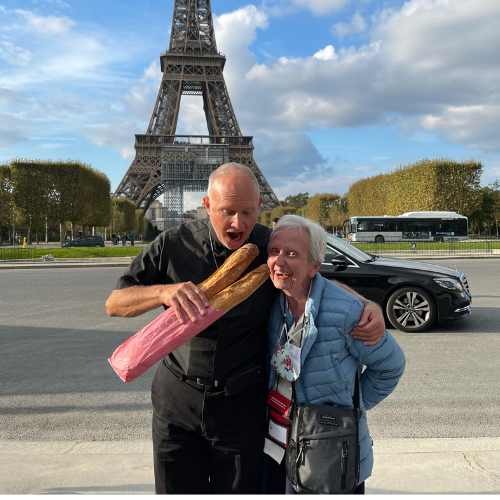
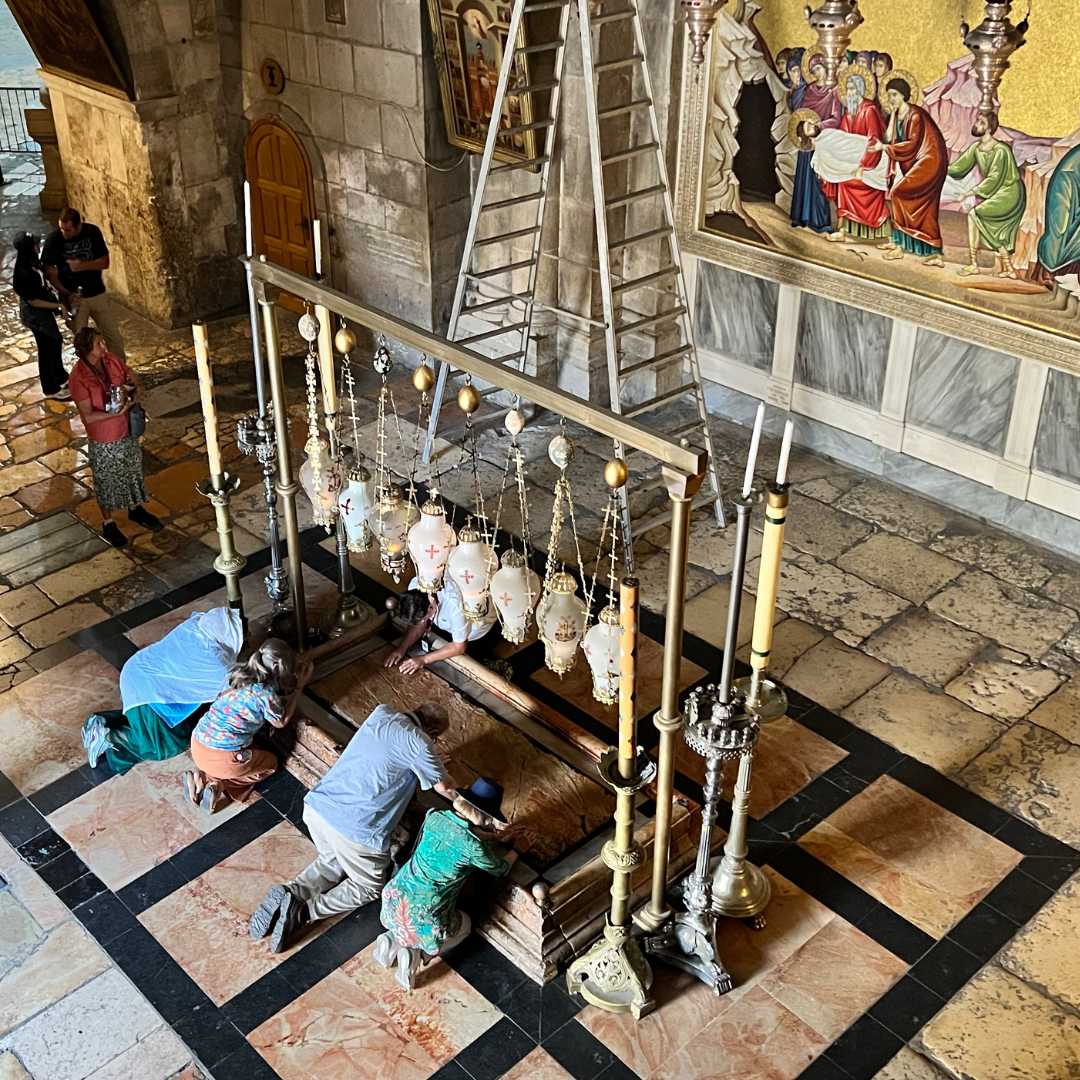
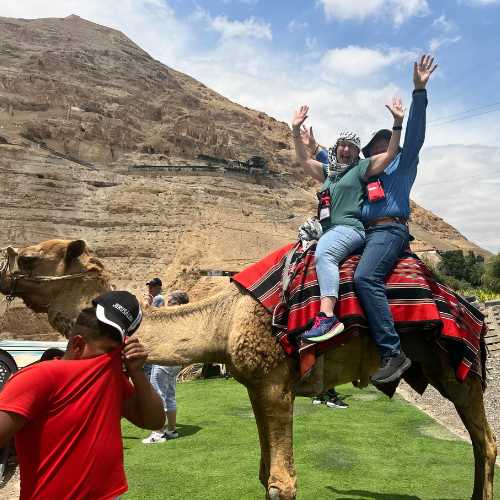
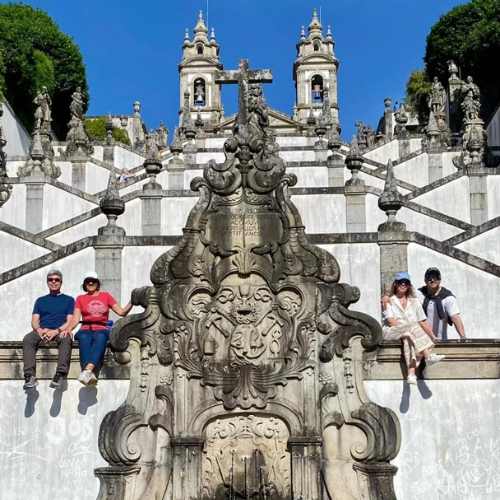

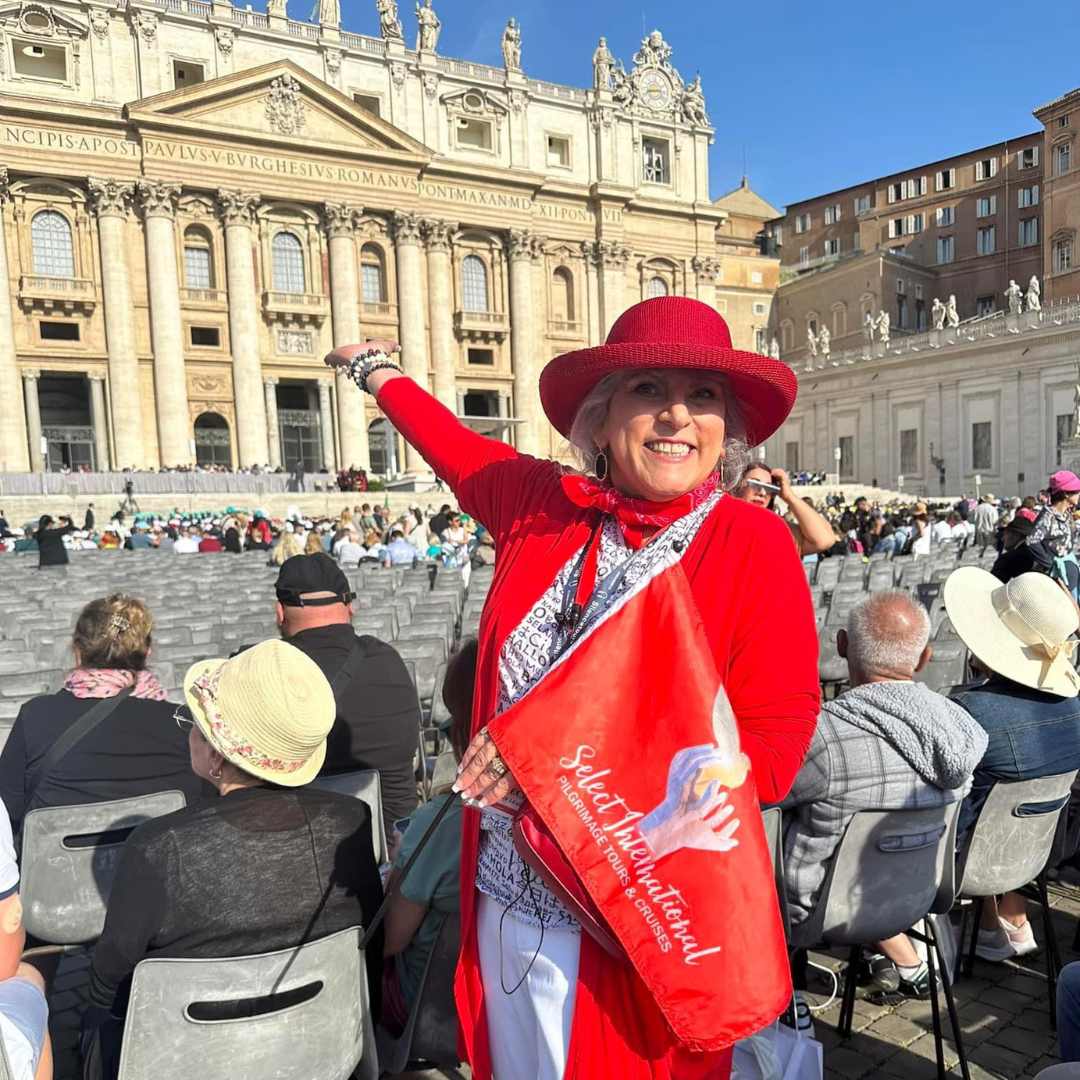
Focus on Your People, We'll make the Arrangements
Do you have a group of ten or more people that want to travel together? Let's partner and plan a trip! It's easy to get started.
- Pick a destination.
- Decide when you want to travel.
- Select will arrange all the details.
- Focus on enjoying your trip!
Are you ready to get started? All it takes is a phone call.